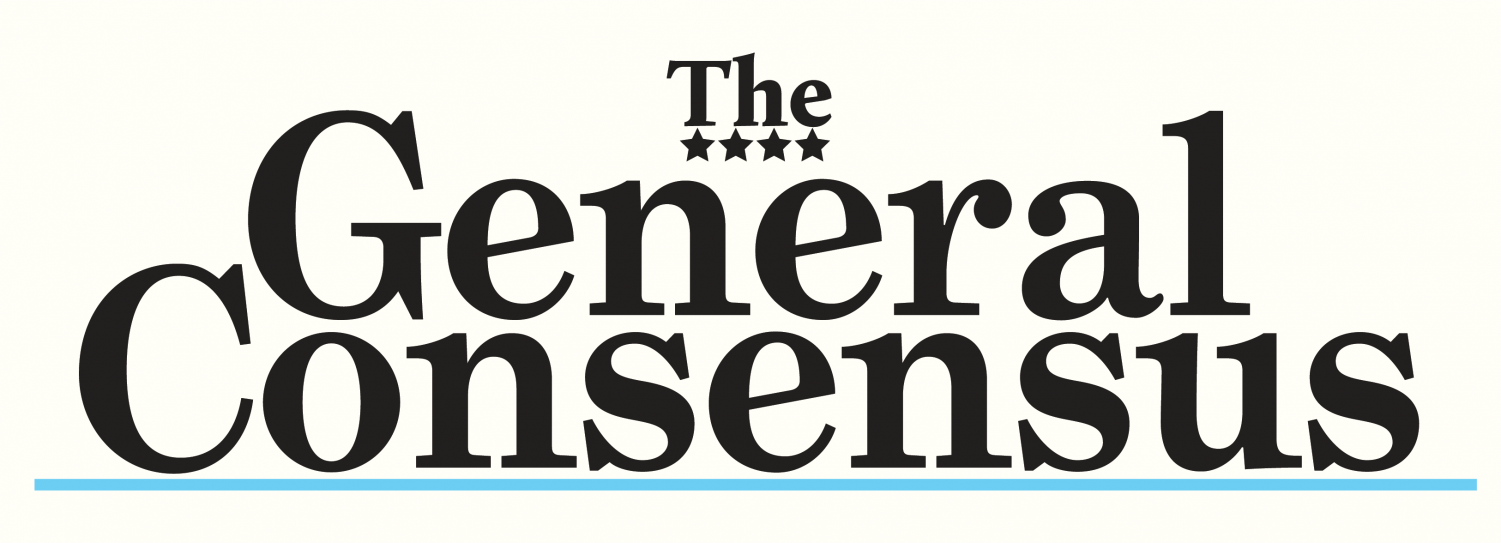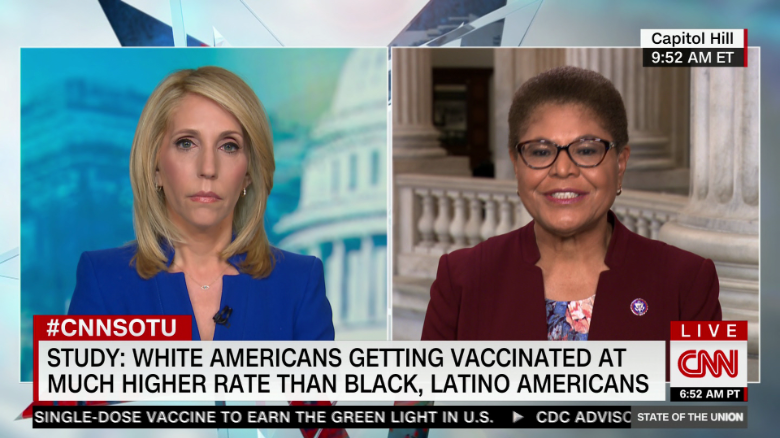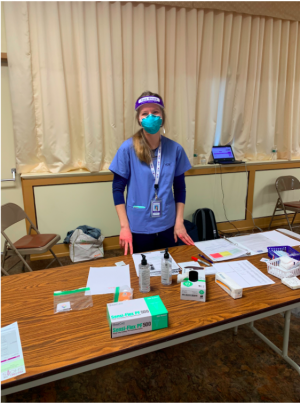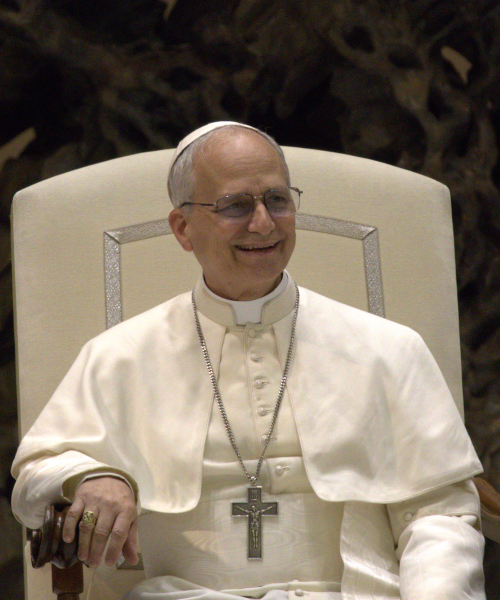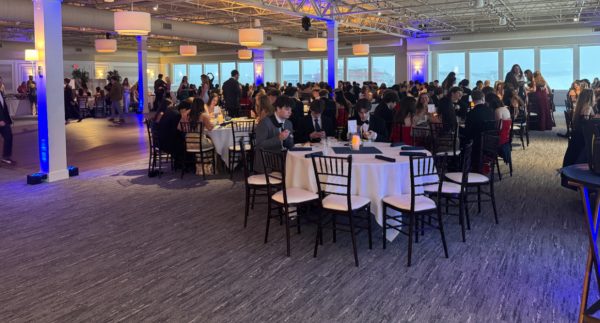Racial Inequity Influences Vaccine Distribution
How the Vaccine is the Latest Addition to a Road of Inequity Challenges During COVID
CNN via Creative Commons License
CNN reporter Dana Bash interviews Rep Karen Bass about how systemic racism is influencing vaccination distribution
The COVID pandemic has introduced a wide array of issues pertaining to communities of color. The distribution process has highlighted the racial inequity in America, showing the prevalence of the issue today.
Black and Latino communities are receiving the COVID vaccine in lower numbers compared to White communities. The range of inequitable distribution differs in severity from state to state. When the Kaiser Family Foundation (KFF) looked at Delaware, it found that only 11% of vaccinations have been administered to the Black community (who make up 22% of the population) while 75% of vaccinations have been administered to the White community (who make up 68% of the population).
Yohann Knets, a social studies teacher at the Hamilton Wenham Regional High School, said that “in Massachusetts…1.5 times as many White residents have been vaccinated as people of color. I think Pennsylvania was the worst I saw, 3.5 times more likely to be vaccinated.”
The undeniable gap in vaccinations is gaining more attention across the country, with different officials across a multitude of states working towards finding solutions to combat it. Inquiries have been made to determine the derivative causes behind the vaccine inequity, and how they can be rectified.
Dr.Thea James, who works in emergency medicine out of the Boston Medical Center, had her own reservations about the vaccine. She explains why there may be hesitation in the Black community.
“For me, and probably for other people who are people of color, the hesitation is sort of like deep-seated. It is a basic sort of mistrust that is rooted in things that have happened to people as long ago as 1940 or 1930, and as recent as probably two hours ago. What I mean is the things that happened way back in the 20’s 30’s and that type of thing, were all kinds of things like, people always reference the Tuskegee Study, the Henrietta Lacks, people always reference that. But there were also these things that have occurred over the many many decades that always deprioritize people of color,” said James.
James references a historical backdrop as being an indicator of the present-day decision of many people in the Black community to not receive the vaccine. The Tuskegee study, from 1932-1972, involved the mistreatment and experimentation of black men by medical professionals during research on the infection, Syphilis.
“Oftentimes, people have experiences within the healthcare system where they get disrespected and mistreated. [This can happen] even in the healthcare system where you often have, and I would say mostly have, well-meaning people.”
Mistrust of the medical field may not be entirely rooted in the past. It stretches into modern society despite conscious and earnest efforts. This distrust is a consideration to be cognizant of.
Dr.James then goes on to discuss how socio-economic considerations provide reasons for the occurrence of this imbalance in the rollout.
“Wealth is a predictor of health…when you prevent people from having access to economic mobility, and access to having financial stability, people are not able to prioritize health because they have limited resources that they’re just spending to survive.”
Economic constraints contribute to the racial inequity of COVID deaths. But an inability to focus on health due to the economic challenges may also prohibit many from having the time or resources to get the vaccine.
Knets mentioned access as a contributing factor saying, “…access to transportation, internet access, people having difficulty navigating computers or not having access, just literally signing up and actually physically getting to the vaccination site for some people can be more difficult.”
NBC also found a correlation between lack of access and racially inequitable vaccine distribution.
The awareness of these concerns is leading public health officials to be proactive about the racial gap. Many are trying to start initiatives that can alter the current reality of the racial inequity challenges surrounding the vaccine distribution.
Knets points out that understanding the data is critical, saying, “…there’s racial inequity across really all states….only 23 states are reporting data along lines of race for vaccinations. That’s one of the potential solutions is just to mandate more data and to get a better handle of things.”
Dr.James expanded on possible solutions, discussing what the Boston Medical Center is doing to be proactive about the challenges. She said “What our hospital has done is first we engaged with people in the community. We talked to them about what it would take. In the community, we just are opening up six brand new sites. We have made videos of people of color who have gotten a vaccine, who are talking about the vaccine and [sent them] to the community with the community leaders.”
The topic of racial inequity as it pertains to the COVID vaccine is a complex one. A myriad of factors such as access, mistrust, and economic circumstance assume roles in the inequitable distribution. The vaccine rollout is only one issue on a timeline of racial inequality in America. Further, multiple demographic groups have faced inequity during COVID, with the vaccine distribution being the most current.
In order to understand the inequitable vaccine distribution, it is important to understand what equity, in a broader context, looks like. Dr.James believes change must happen in regards to equity on all fronts, saying,“…what equity means is that you’re able to everyday wake up and determine what you want your future to be, unobstructed by any systemic issues that make that impossible for you. That’s not the case for most people, certainly many people, and mainly the black and brown people, and so until we address these systemic issues, nothing will change. Until everybody can wake up and determine what their future’s gonna be, this will never change.”

Julia Tsappis, a sophomore at Hamilton-Wenham, is the Co-Editor in Chief of the General Consensus. This is her second year as a member of the paper. She...

